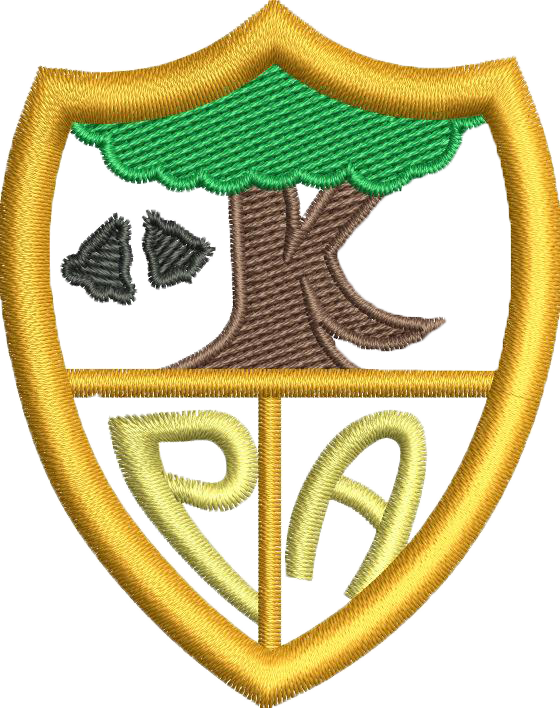Computing
Subject Leader
Mr Watts and Mrs Cadden
Curriculum Statement
Computing is an integral part of our everyday life and will play an inestimable part in children’s futures. At Knowle CE Primary Academy we provide all of our pupils with the knowledge, skills and understanding to live and thrive in a world increasingly dependent on computing. As computing technology underpins today’s modern lifestyle it is essential that all our pupils gain the confidence and ability that they need in this subject, to prepare them for the challenge of a rapidly developing and changing technological world. The core of computing is computer science, in which pupils are taught the principles of information and computation, how digital systems work, and how to put this knowledge to use through programming. Building on this knowledge and understanding, pupils are equipped to use information technology to create programs, systems and a range of content. Pupils become digitally literate – able to use, and express themselves and develop their ideas through information and communication technology – at a level suitable for the future workplace and as active participants in a digital world. The use of these technologies also enrich the experience of all pupils and the resources help to provide an environment without boundaries, where opportunities can be explored in safety and in confidence.
Intent
Our curriculum intent – the knowledge and skills we expect our pupils to learn – can be found in our Curriculum Maps and Progression in Skills documentation (see below)
Implementation
The teaching of Computing at Knowle CE Primary Academy is informed by the Twinkl Scheme and has been adapted to inspire, motivate and meet the needs of our children. Our curriculum meets the requirements of the National Curriculum and has been designed to link to our wider school curriculum – including our SMILE agenda.
Computing is a crucial part of school life and learning, and it is for this reason that as a school, we are dedicated to the teaching and delivery of a high-quality Computing curriculum that provides children with the essential skills for living in an increasingly-changing world.
Our curriculum sets out the objectives to be taught in each year group. We have adopted a pedagogy that follows a problem solving approach to Computing. We focus on how we often use technology to solve problems and how sometimes, technology creates problems, which in turn need solving! Themes and topics often start with a scenario or a question and whenever possible this is made ‘real’ for our pupils to motivate them and to give purpose to their learning.
To ensure a broad range of skills and understanding, Computing is taught across three main strands: digital literacy, computer science and information technology which are organised over the six half terms of the school year. As part of information technology, children learn progressive word processing and computer skills, exploring presentations, data handling, web design, animation and sound. Within digital literacy, children develop crucial skills in managing online information, privacy and security, digital footprints, self-image and identity, and online relationships and bullying. Online safety continuously threads throughout the Computing curriculum. Although progressive lessons are taught across the school during the Spring Term to coincide with E-safety week, all units of work provide opportunities for discussion and learning. Blended alongside this is the development of practical knowledge and critical thinking, to help children access, understand and create digital content. In computer science children are taught how digital systems work and learn progressive commands to create, test and debug algorithms using software such as Turtle Logo, ScratchJr, Scratch, Flowol and Kudo.
Each individual lesson has content that is differentiated between and within year groups so that learning is age appropriate and high expectations are maintained. Aspects of learning within these units are recorded in the children’s Computing books or saved within their personal or shared drive. Teachers use questioning and provide opportunities for discussion, investigation and exploration, to support the development of computing vocabulary which is explicitly taught and modelled by teachers in each lesson.
To enrich our computing curriculum and further inspire our pupils, regular opportunities are provided for children to engage with the local community through sharing or publishing their work, through visits from relevant professionals or creating content for school platforms. Digital leaders are appointed in each class to support the use of technology across the school. Their role also includes sharing their skills and expertise with other pupils, classes and teachers, managing and setting up equipment, providing a pupil voice in meetings and supporting the subject lead during events such as E-Safety week.
The Computing curriculum is also designed with strong cross curricular links in mind. These include PSHE, geography, reading, writing, art and design, D&T, science, history, music and these are highlighted within medium term planning.
Computing is assessed continuously, and data is tracked through Insight Tracking through ongoing teacher assessment, enabling teachers to make a final judgement at the end of the school year. There are clear assessment criteria on each medium-term plan to assist in teacher assessment.
